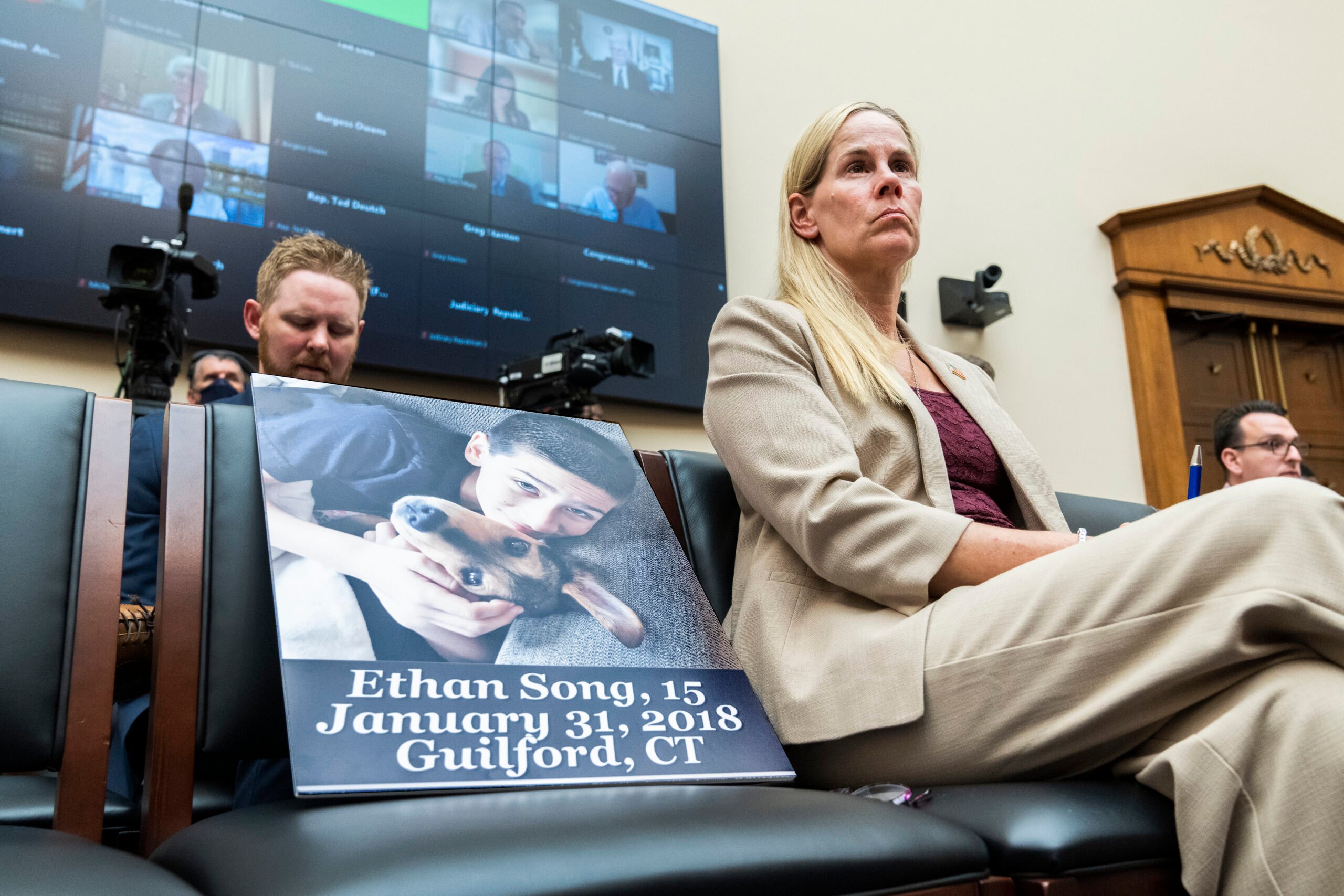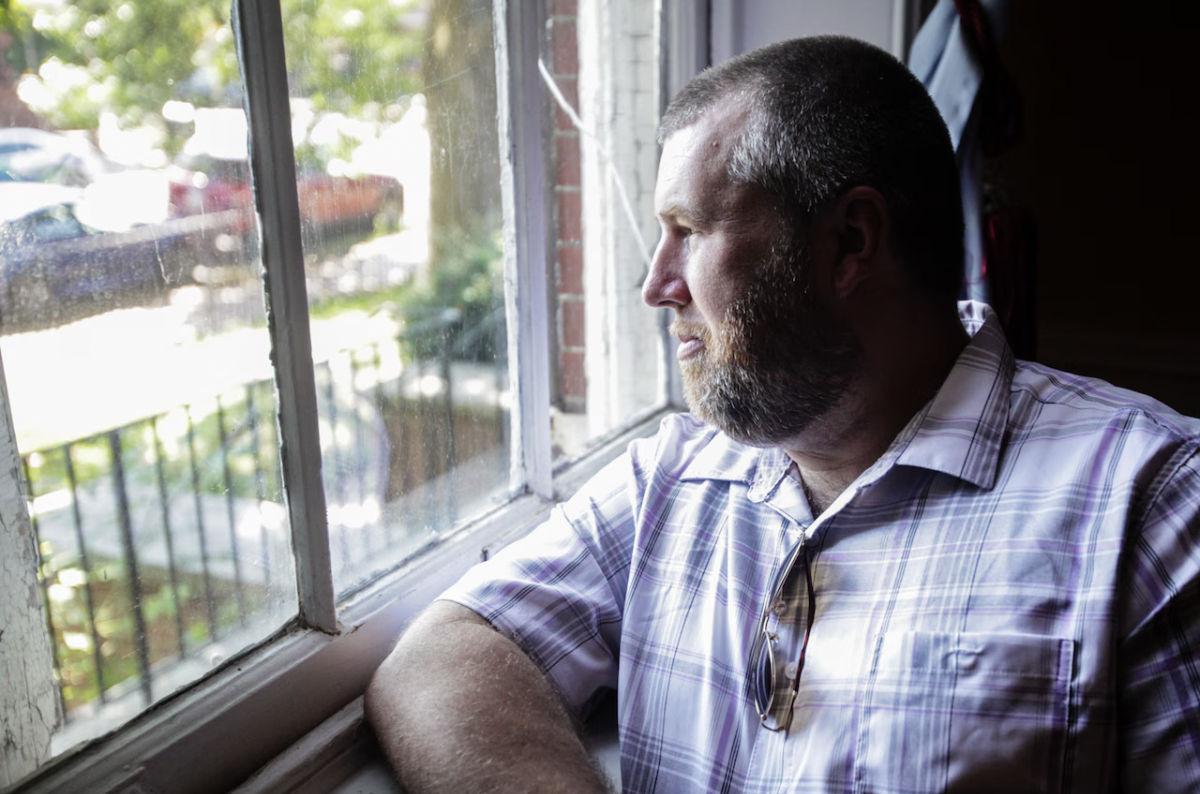This month marks six years since Ethan Song’s friend handed him a handgun that was kept in a food storage container. His friend wanted to show Ethan the weapon, which was owned by his father and kept in their Guilford, Connecticut, home. Ethan, 15, accidentally discharged the gun and died.
His death prompted his family to propose a state law, passed in 2019 and ultimately named in his honor, that would require firearms owners to safely secure their weapons in their homes. For Ethan’s family, though, it’s not enough; 26 states have some form of child access prevention or safe storage law, according to Giffords Law Center, but there is still no federal law to prevent kids like him from accidentally firing unsecured weapons, and harming themselves or others.
Americans misunderstand the risks associated with gun ownership, researchers say. For years, studies have found that, in the majority of American homes, an unsecured firearm is more likely to result in an accidental death or suicide than be used in defense against a home invasion.
More than half of annual gun deaths are suicides, and 37 percent of annual gun injuries are the result of accidental shootings, according to previous reporting by The Trace. Yet nearly two-thirds of Americans say they purchase firearms for self-defense. Studies show that Americans are often unaware, or don’t believe, that access to firearms increases the risk of firearm suicide. Researchers say that needs to change.
A recent study by Rutgers University examined whether Americans see a direct correlation between safely securing their firearms and the prevention of suicides and accidental shootings. After analyzing the storage practices of over 900 residents from five states, researchers found a clear trend: many of the firearms owners didn’t necessarily see safe storage as a means to prevent suicide or accidental shootings.
“There’s an imbalance in the messaging: most Americans know little about the risks that come with unsecured firearms and suicide,” said Michael D. Anestis, lead researcher on the study and a clinical psychologist at Rutgers University.
Although the law in Ethan’s name was passed in Connecticut five years ago, the Songs continue to push for comprehensive federal legislation. Their proposal for a federal safe storage law comes against the backdrop of decades of gun industry messaging, which largely ignores or discredits accidental deaths and firearm suicide while overemphasizing the likelihood of outside threats.
Anestis, who also serves as executive director of the New Jersey Gun Violence Research Center, spoke to The Trace about storage practices’ relationship to suicide risk, and the results of his latest study.
This interview has been edited for clarity and length.
How do most Americans store their firearms at home?
Our team and many others have done plenty of prior work showing that it’s pretty common for firearm owners to store their firearms unsecured. The data tells us pretty clearly that unsecured firearms in the home increase the risk of death by suicide, risk for unintentional shootings, lethal domestic violence, and death due to subsequent trafficking.
We know that firearm owners tend to own firearms for protection at home, and that there’s been a pretty steady stream of messaging from retailers and other sources saying that the world is dangerous, and you need to have a firearm quickly accessible to protect yourself.
But what’s also become pretty clear from a variety of other prior studies is that people don’t understand the scope of the issue of firearm suicide in America and the way that firearm storage is related to suicide risk.
Was part of the purpose of your latest study to understand the relationship between firearm storage and suicide risk?
Our motivation was to determine whether we could make a case for the disconnect between data showing that secure storage is important, and the lack of safe storage among service members. Maybe that behavior is sustained by a general perception that firearm storage isn’t particularly effective in preventing suicide or, quite frankly, any other outcomes. So we looked at this with firearm suicide, unintentional shootings, and firearm theft, as well.
Why is there a significant disconnect in the general public’s perception of firearms access and suicide risk?
There’s been very little information about the risks that come with unsecured firearms and how that relates to things like suicide. In addition, there’s an imbalance in the sort of credibility of the messaging; researchers can’t be the singular voice speaking on risks. This has to be a message that comes from multiple channels.
Generally speaking, people view attacks on themselves and their property as a thing that could happen to anyone, myself included. It feels random. So until someone becomes suicidal, they often view suicide as something that happens to someone else. Until their child stumbles upon the firearm, they assume that’s something that other people’s children do — not mine. So, those internal threats within the home feel less real, they feel more distant, and they feel less like an urgent thing that you need to respond to.
Find Support
Help is Available 24 Hours a Day
Crisis Text Line
Text 741741
The Veterans Crisis Line
988, press 1, or text 838255
Help Someone Else
Understand warning signs.
What factors are most crucial to safe storage messaging?
The findings did highlight that, although people don’t see much value in safe storage, where they did see value in it was more in unintentional shootings, and to an extent in suicide prevention. So when we are thinking about how to message this we shouldn’t shy away from those outcomes. Those don’t need to be the only things we talk about, but it does seem to be that where people did see some utility. There’s no reason for us to avoid those topics when we’re trying to explain the rationale for secure storage.
What are some societal shifts that you’d recommend to the public based on your findings?
Our results showed that regardless of the type of gun violence prevention we were talking about, people saw a little more utility in the in-home storage practices than in storing away from home. This highlights our need to help shift the narrative on the idea of people during times of stress, storing firearms legally and temporarily outside of their own homes.
There are efforts to do things like create firearm storage maps to facilitate legal temporary transfers of firearms. It is similar to when someone’s had too much to drink, someone holds their keys and then gives them back. And there was resistance to efforts like that; there was a time period where people were resistant to the idea of a designated driver – and now it feels like sort of a moral imperative, for the most part, nationwide. Our findings highlight the importance of creating that same sort of social norm around getting firearms outside of the home during times of stress, and how that can be useful.
Do you have any final thoughts on how researchers, firearm owners, and the gun industry can come together on fact-based credible messaging?
This manuscript, and the work that we do, are not geared toward fighting with firearm manufacturers. They’ve made a lot of money selling firearms by capitalizing on fear. Due to the messaging of fear, it can be difficult to communicate the notion that secure storage is necessary for protection, more so than having ready access to a firearm. Any acknowledgment that a firearm in a home could be a threat punctures that narrative by highlighting that the firearm itself is dangerous when the message has been: firearms protect against danger.
We need to think about how we can shift the national narrative again — it’s not about threatening people’s rights or saying guns are bad, but being honest about the risks.

